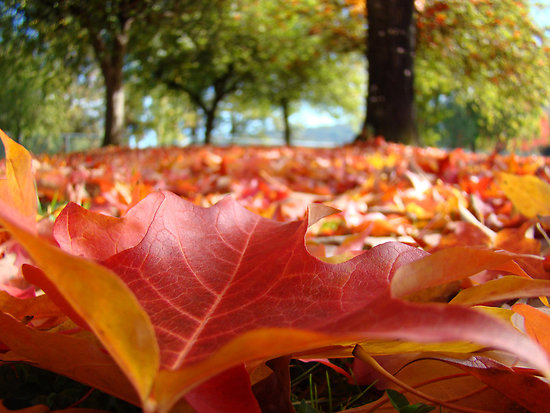Posts Tagged Lawn Tips
6 Lawn Treatment Tips From The Experts
You’ve created the perfect lawn in your outdoor space. The soil is fertile, and the grass is ideal for your area. But to keep your lawn in peak condition, it needs regular care. The following are six lawn treatment tips recommended by landscaping experts.
- Mowing

What’s the perfect length for lawn grass? That depends on your preference. However, for easy maintenance, you should not allow the grass to grow more than 10 cm.
Experts recommend trimming only one-third of the grass’s length. Cutting the grass too short increases the chances of drying, weed infestation, and disease.
- Edging
A neat lawn has well-defined edges. Use a sharp pair of shears to stop grass from growing over your borders. Edging not only promotes neatness but also gives your lawn a satisfying finish.
If possible, install permanent edging – a border that grass cannot grow over or cross.
- Watering
Inadequate watering causes the grass to change color. Besides, well-watered grass has a spring; it doesn’t remain flat after walking on it.
How much and often you need to water your lawn is dependent on the weather. Remember, overwatering is just as bad as underwatering. Soggy soil discourages healthy growth of roots.
For best results, water your lawn early in the morning.
- Feeding
Want a greener, healthier lawn? Feed the grass.
Nitrogen is particularly essential for vibrant and green grass. A soil test will help you determine the amount of nitrogen your lawn needs. Other essential nutrients include phosphate and potash.
The typical lawn requires feeding twice a year. In the spring, apply a nitrogen-rich fertilizer. In fall, it is advisable to feed your grass with high levels of potash and phosphate.
Whichever lawn feed you choose, strictly follow the guidelines on the package.
- Weeding
Weeds prevent the healthy growth of grass. The best method of weeding is uprooting – pulling the weed together with the roots. You can weed manually or using a tool. But in cases of severe weed infestation, you might need to use a low-toxicity herbicide.
- Removing thatch
Thatch refers to the organic matter, made up of dead leaves, grass, and stems, that forms a layer above the soil. The buildup of thatch prevents water and other nutrients from penetrating the soil.
Methods of removing thatch include raking and scarification. You can find a good rake or scarifier at your local gardening store.
Keep your lawn lush, green, and healthy using the lawn treatment tips shared above.
Raking Leaves – for Aesthetics or Maintenance?
 As wonderful as Autumn is, removing the fallen leaves from your lawn in the late fall is not generally regarded as a fun task. It’s time consuming and a bit tedious. You’ll be glad to know the payoff for all your labor goes beyond simply enhancing the curb appeal of your property. Removing fallen leaves is not only vital for the health of your lawn, but the beauty of it as well.
As wonderful as Autumn is, removing the fallen leaves from your lawn in the late fall is not generally regarded as a fun task. It’s time consuming and a bit tedious. You’ll be glad to know the payoff for all your labor goes beyond simply enhancing the curb appeal of your property. Removing fallen leaves is not only vital for the health of your lawn, but the beauty of it as well.
Excessive leaf matter on your lawn going into winter is bad for several reasons. Why you might ask? When your lawn becomes buried in layers of leaves, it becomes smothered and is deprived of water, air and nutrients it needs to survive. Without proper leaf removal your lawn will also become a breeding ground for fungi, disease and insects. Additionally, when leaves shade the grass they prevent it from receiving the sunlight it needs to thrive. While a few scattered leaves on the lawn won’t do much harm, a heavy thick layer will. Leaves left in place over the winter often become compacted and cause extensive damage to your lawn which can lead to increased costs and maintenance in the Spring.
Instead of raking the leaves, wait until they’re good and crunchy (ripe for jumping into), and then mow the leaves into little pieces. Then, you can just leave them! The leaves will serve as mulch and will protect the soil around your trees, shrubs, or garden.
Another option you have is to compost your leaves, but you simply can’t rake up all your leaves into a big pile and expect them to compost themselves. Composting requires regular turning of the leaves as well as the right amount of moisture.
Want to leave the fall clean-up work load for someone else? DK Landscaping Services offers both leaf removal and fall clean-up services. These services help ensure your landscape is clear of debris and fallen leaves are removed, preventing mold and fungus from growing. Give us a call (707) 280-3632.





